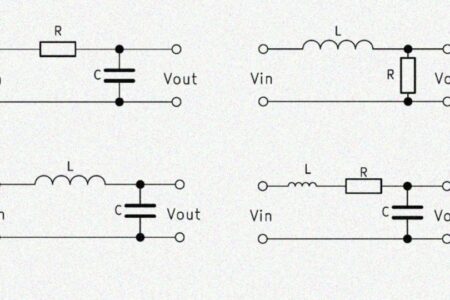When connecting two or more resistors in series, the same current flows through all resistors. But how do you calculate the total resistance in such a series circuit? Here you’ll find the formula and a simple online tool for quick calculation.
Total Resistance in a Series Circuit
In a series circuit, there is an unbranched path for the current. The current strength $I$ is therefore the same at every point. You can obtain the total resistance (also known as equivalent resistance) by simply adding the resistances $R_{1}$, $R_{2}$ to $R_{n}$.
Calculating Series Circuit Resistance
Formula: Resistances in Series
To calculate the total resistance of a series circuit with two or more resistors, you use the following formula:
$$ R_{total} = R_{1} + R_{2} + \cdots + R_{n} $$
Series Resistance Calculator
The following online calculator helps you calculate the total resistance in a series circuit with just a few mouse clicks. First, select the number of resistors in the series circuit, then enter the individual resistance values.
Manual Calculation
In certain situations, such as an exam, you may not have access to the online calculator. But that’s not an issue because manual calculation for a series circuit is incredibly straightforward:
Simply add up all the values of the individual resistances to get the total resistance.
Behavior of Voltage and Current
In a series circuit, the same current flows through all resistors, which is equal to the total current of the circuit:
$$ I_{total} = I_1 = I_2 = … = I_n $$
However, the voltage is divided among the individual resistors:
$$ U_{total} = U_1 + U_2 + … + U_n $$
According to Ohm’s law, in a series circuit, the largest resistor causes the greatest voltage drop.
Comparison: Series Circuit and Parallel Circuit
In this section, we compare the series circuit with the parallel connection of resistors in a circuit.
In a parallel circuit, the current divides among multiple paths, each with its own resistor. The total resistance (equivalent resistance) of a parallel circuit is smaller than the smallest individual resistance. The calculation of the equivalent resistance is done using the reciprocal formula:
$$ \frac{1}{R_{total}} = \frac{1}{R_1} + \frac{1}{R_2} + \frac{1}{R_3} + \dots $$
In a series circuit, all resistors are arranged in a line. The current flows through each resistor one after the other. The total resistance (equivalent resistance) in a series circuit is calculated by summing up the individual resistances:
$$ R_{total} = R_1 + R_2 + R_3 + \dots $$
The main differences relate to current strength and voltage:
- In a series circuit, the current $I$ is the same throughout the circuit, while the voltage across each resistor may vary.
- In a parallel circuit, the voltage $U$ is the same across each resistor, while the current strength in the individual branches of the circuit may vary.
In both circuits, the equivalent resistance can be replaced by equivalent circuits without changing the behavior of the entire circuit.
For the series circuit, this means the equivalent resistance is the sum of the individual resistances, while in the parallel circuit, the equivalent resistance follows the reciprocal formula.



